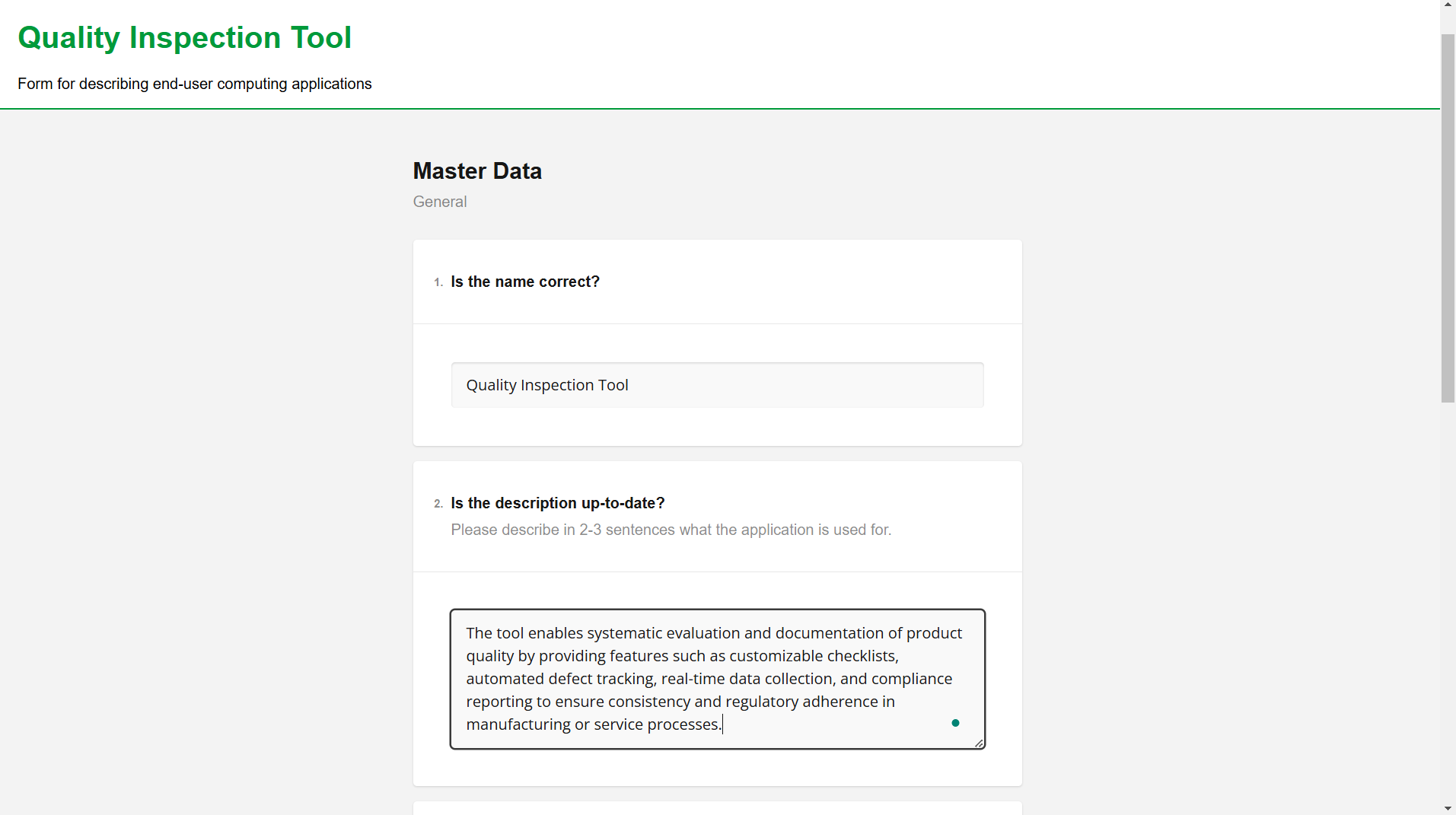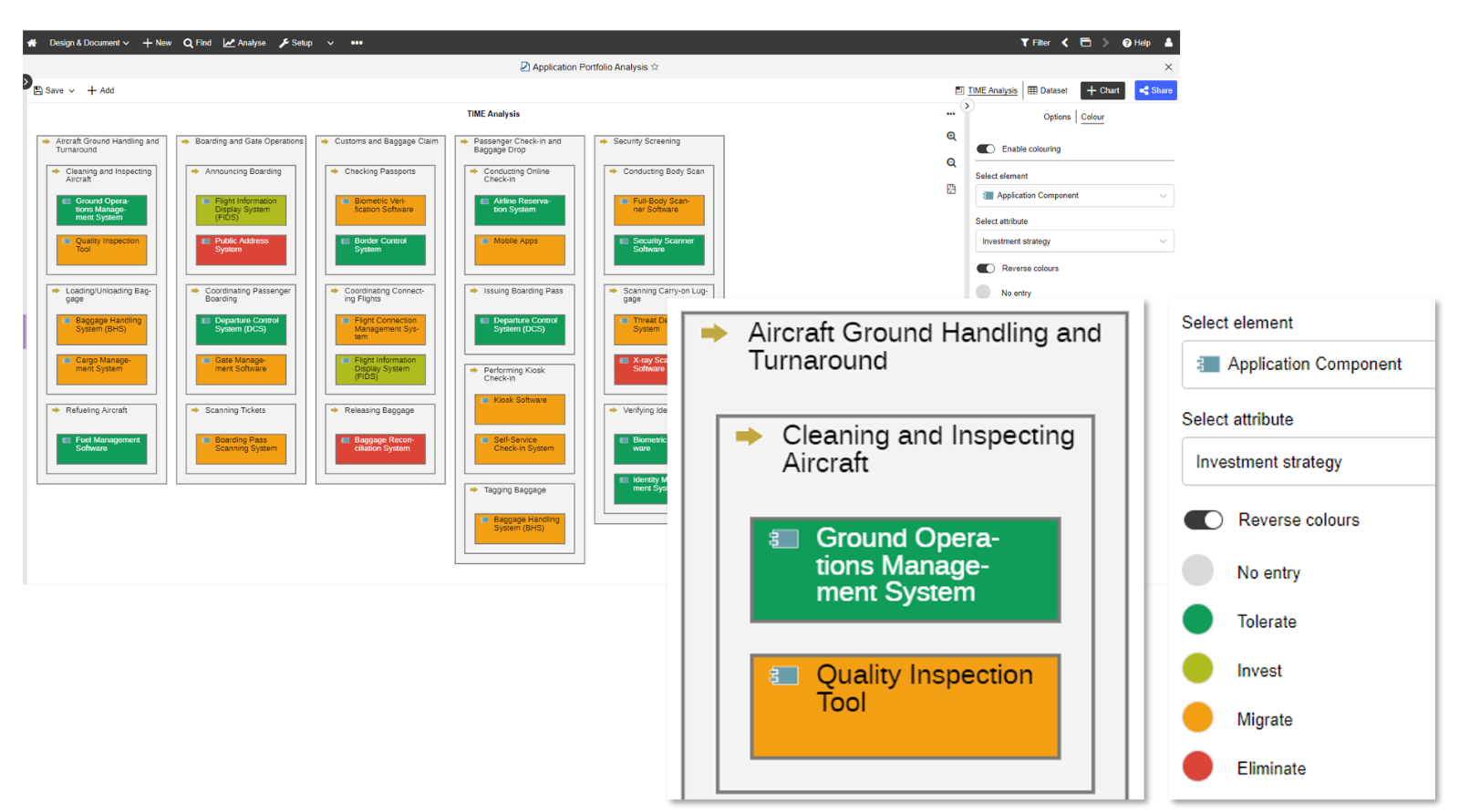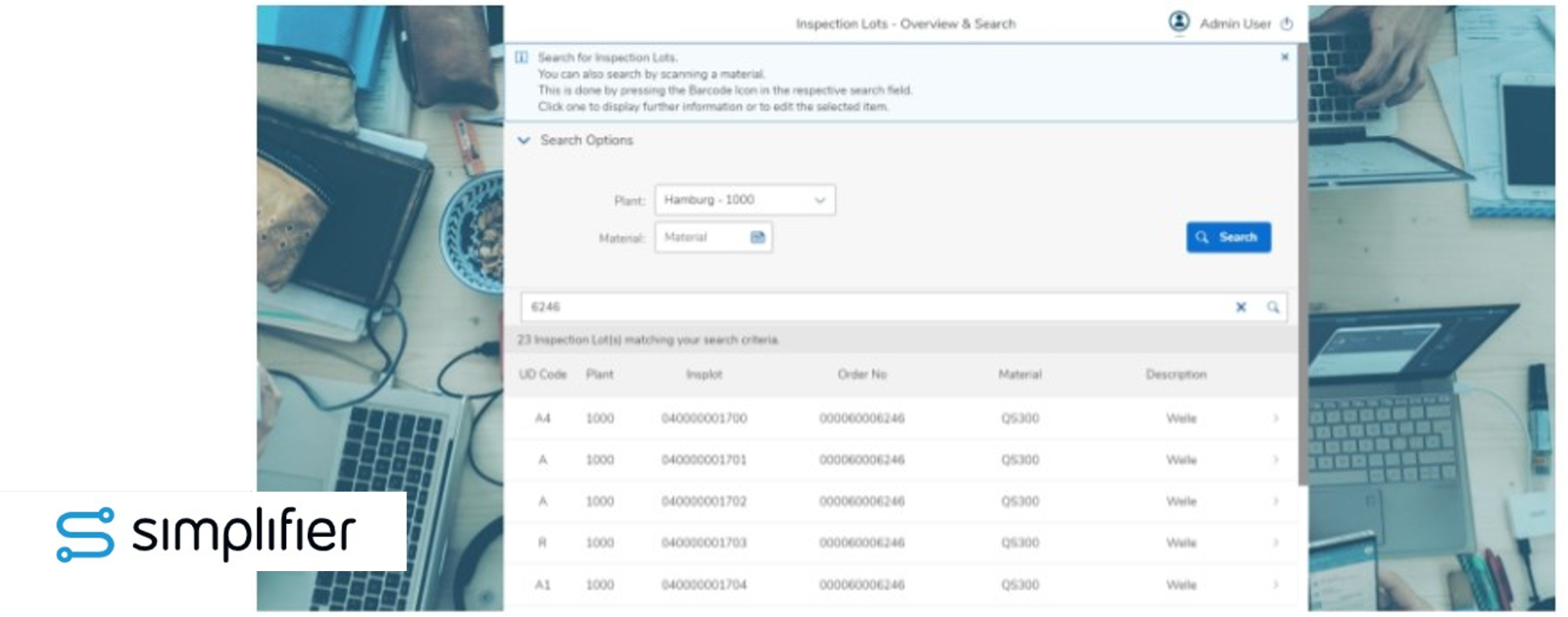Introduction
Modernizing your IT landscape is a complex task, especially when every decision ties directly to your organization’s future. With countless systems, processes, and business needs to consider, how do you ensure each move adds real value? This blog post will walk you through using Enterprise Architecture (EA) and low-code platforms to cut through the complexity. With a clear, practical approach, you’ll see how to map out your IT, make targeted decisions, and implement changes that truly support your goals.
Why Enterprise Architecture (EA)?
Modernizing your IT landscape can involve large investments. In order to decide on specific measures, you need transparency about existing systems, processes and their interaction. By analysing this data, you can identify inefficiencies, make well-founded strategic decisions and communicate and launch your modernization strategies. Enterprise Architecture (EA) provides the necessary toolset to accomplish this task.
Why Low-Code?
Low-code platforms have become a game-changer for modernization, offering a faster path to develop applications, lower costs, and improved alignment between IT and business. Their rapid deployment and smooth integration with existing systems allow organizations to stay responsive and agile, adapting seamlessly to shifting business demands.
Step-by-step Guide to Successful Modernization
To kick-start IT modernization, begin by creating a digital map of your application landscape — an overview that consolidates all the essential data for informed decision-making. Building this map requires input from across the company, including IT and specialized departments, to ensure a comprehensive view. With this foundation in place, you’ll be equipped to make targeted investment decisions that can then be implemented efficiently using a low-code platform. Here’s a step-by-step guide to get you there:
Step 1: Create a starting point
To approach your modernization efforts in a structured way, it’s best to start with your company’s value chain. This approach enables you to identify key business activities and gain a clear understanding of the processes that deliver the most value. Industry-specific reference models can also serve as helpful starting points. Typically, 15 to 20 steps in the value chain provide a solid foundation, which you can further refine as you map your specific requirements more precisely.
Hint: Alternatively, you could start with a Business Capability Map to outline your company’s capabilities.
Step 2: Modelling your application landscape
The next step is to map your applications, categorizing them according to the value chain. This approach enables you to create a digital map of all applications, providing clear guidance for both IT and specialist departments across the organization.
Hint: Learn more about setting up an effective Application Portfolio Management in our comprehensive blog post.
Step 3: Enrich the map
Your organization has numerous knowledge carriers who can provide valuable insights for a detailed overview. To form a comprehensive picture of the current situation, gather key information on aspects such as end-of-life assessments, costs, and user satisfaction for each application. While this collaborative effort requires input from many people, it can be organized efficiently — for instance, through brief surveys supported by ADOIT Forms. With just a few minutes of each person’s time, you’ll quickly build a well-founded overview.

ADOIT Forms
Step 4: Evaluate your applications
With the data in hand, you can define an investment strategy using the Gartner® TIME Framework. This framework lets you visualize modernization results on the digital map, making it easier to identify priority investments and strategically classify systems.

Digital Map: Applications evaluated according to the TIME model
With the TIME framework, you categorize your systems into four strategic options:
- Tolerate: Applications that are functional but do not provide high business value.
- Invest: Applications with high business value that should be further invested in.
- Migrate: Applications that fulfil a purpose but cause problems and should therefore be migrated.
- Eliminate: Applications that neither perform nor fit the business purpose and should therefore be switched off.
This assessment enables you to quickly pinpoint areas needing immediate attention and determine which systems can be strategically retained or phased out.
Step 5: Planning modernization initiatives with low-code
Applications that require extensive customization, frequently face changing requirements, demand high manual effort, or involve end-user computing with inadequate security are particularly suited for replacement with low-code solutions. These applications should be analyzed in detail to assess their potential for implementation on low-code platforms. Specifically, those identified in Step 4 within the Migrate and Invest categories should be prioritized to maximize impact and drive meaningful progress in your digital transformation efforts.
Step 6: Create a compelling showcase
Now is the perfect time for a practical test to showcase the speed and impact of low-code. Your IT experts can migrate a selected application to a low-code platform within days, demonstrating both the efficiency of modernization and providing a prototype for future initiatives. Close collaboration between IT and specialist departments enables the rapid reimplementation of a suitable application, giving your team firsthand experience of low-code’s practical benefits.

Example based on the low-code platform Simplifier
Too good to be true?
Find out how our ‘IT modernisation with EA and low code’ offer can help your company move forward. See for yourself: In just a few days, you will not only create a digital map of your IT landscape, but also develop ready-to-use low-code solutions for one or two specific use cases.





